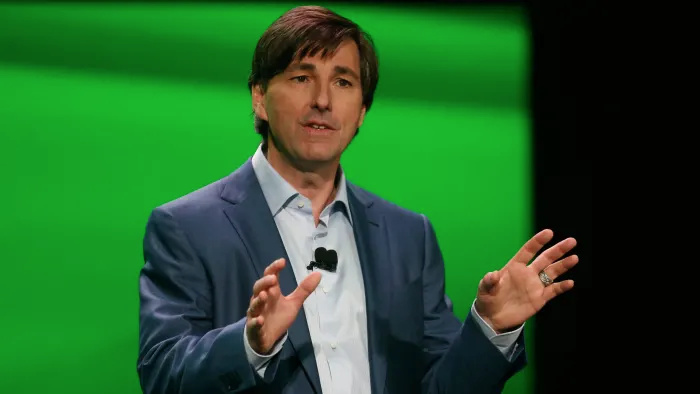Mattrick was out of touch with gamers. He would even describe himself as a business man and that’s why he was brought into Microsoft.
To frame all of the things he did, you have to remember he was brought in back in early 2007 as an advisor to Robbie Bach, who ran the Microsoft entertainment and devices division (EDD). This is the division that, over the years, had Xbox, Zune, Groove, Skype, Windows Phone, Kin, Microsoft TV, and eventually Surface. I’m sure I’m forgetting something.
To understand why all of those things were together, you have to go even farther back and recall that even the original Xbox was Bill Gates’ way of defending Windows from Playstation taking over the living room and a future marketplace for his OS. Microsoft was reactive to anything that threatened Windows.
In mid-2007, when Mattrick joined officially, Netflix streaming on-demand was just introduced. Digital TV was on the rise with broadband growing and smart TV devices (e.g., Roku) arriving. Nintendo Wii was killing it in sales with motion controls. Google bought Android in 2005 with it introduced to consumers in 2008. Apple had just returned to profitability while also introducing the iPhone and Apple TV in 2007, with the iPad coming in 2010.
None of those things needed Windows and they were growing quick!
Steve Ballmer, the CEO of Microsoft at the time, was trying to get Microsoft back in the spotlight and keep Windows, its cash cow at the time, relevant by trying to have Windows-based answers for these emerging consumer trends. With that big of a job, Bach and Mattrick had to think big and the core Xbox consumer base that the original Xbox crew established wasn’t growing fast enough, while things like Zune and Windows Phone weren’t working. Mattrick tried to take the one thing that was working and build on it and that’s why it lost its way.
I want to be clear, I’m not defending Mattrick. Never cared for him. I’m only trying to frame the job he had and why he was thinking TV TV TV, Kinect, NFL sports deals for tablets, and opening an original programming division under Xbox. It was a mess built on a reactive culture and a failing strategy to try to win back marketshare on rising trends instead of thinking about the next big innovations.
I’m glad Microsoft moved on from pivoting everything off of how it impacts the success of Windows and I’m also glad that it has come around on gaming as its own core pillar. I think the future of Xbox is very bright and I hope that after Nadella retires, whenever that is, that they stay on the same track and we never see a repeat of the Ballmer days.
